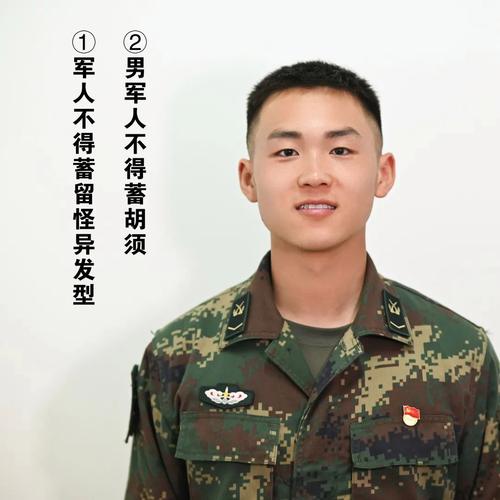
How Many Different Head Shapes Do Terracotta Army Soldiers Have?
A Variety of Faces from Across Ancient China
The Terracotta Army, a remarkable collection of life-sized sculptures depicting the armies of Qin Shi Huang, the first Emperor of China, is renowned for its sheer scale and the incredible detail of each individual soldier. One intriguing aspect of this detail lies in the diverse head shapes found among the thousands of figures. While exact numbers are difficult to confirm due to the sheer number of soldiers and ongoing research, it's estimated that there are between 8 and 10 distinct head shapes used in the army's creation.
Representing Regional Diversity and Personality
These different head shapes are not merely artistic variations; they serve a deeper purpose. Researchers believe that the varied head shapes were strategically incorporated to reflect the diverse ethnicities and regional backgrounds of the soldiers who made up Qin Shi Huang's vast army. Just as China itself was a tapestry of different peoples and cultures, so too was the emperor's military force.
Beyond representing geographical diversity, the head shapes, combined with varied hairstyles, facial expressions, and mustaches, also contribute to the individuality of each soldier. This attention to detail suggests a desire to portray the army not as a faceless monolith, but as a collection of distinct individuals, each with their own personality and story to tell.
The Creation Process: From Moulds to Masterpieces
Creating such a vast and varied army required an efficient yet meticulous process. The soldiers' heads were not sculpted individually from scratch. Instead, a system of molds was employed. Here's a likely breakdown of the creation process:
- Master Molds: A limited number of master molds, representing the distinct head shapes, were created.
- Clay Production: Clay was pressed into these molds to produce a basic head shape.
- Customization: While the mold provided the basic structure, skilled artisans would then customize each head. This involved adding unique facial features, hairstyles, expressions, and other details that brought individuality to each soldier.
- Firing: Once complete, the heads, along with the body parts, were fired in kilns, solidifying them for eternity.
- Assembly: Finally, the heads were attached to the separately crafted bodies, creating the complete figures that stand guard today.
Q&A
1. Why is it difficult to know the exact number of head shapes?
The sheer scale of the Terracotta Army, with thousands of figures, makes it challenging to catalog and analyze every single soldier. Additionally, ongoing excavation and research constantly reveal new information, potentially altering previous estimates.
2. What can we learn from the variety of head shapes?
The diversity in head shapes provides valuable insights into the multi-ethnic makeup of Qin Shi Huang's army and, by extension, ancient Chinese society. It also highlights the artistry and attention to detail that went into creating this iconic historical treasure.
3. Do the head shapes tell us anything about the personalities of the soldiers?
While we can't know the exact intentions of the artists, the variations in facial features, expressions, and hairstyles suggest an attempt to imbue each soldier with a unique personality. This attention to detail further emphasizes the individuality within the vast army.